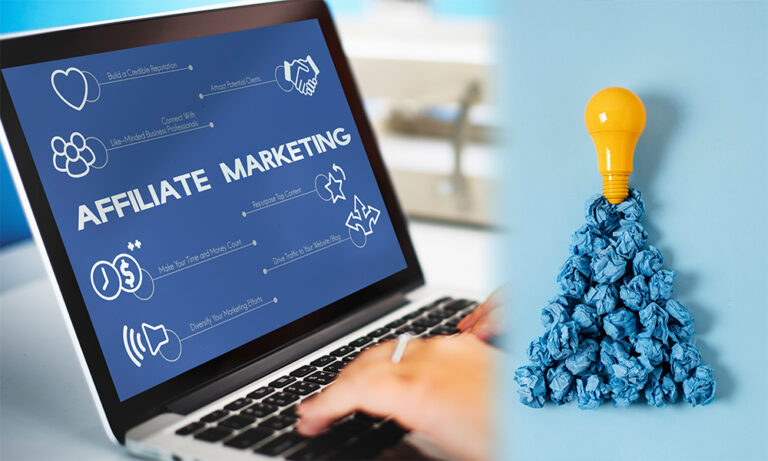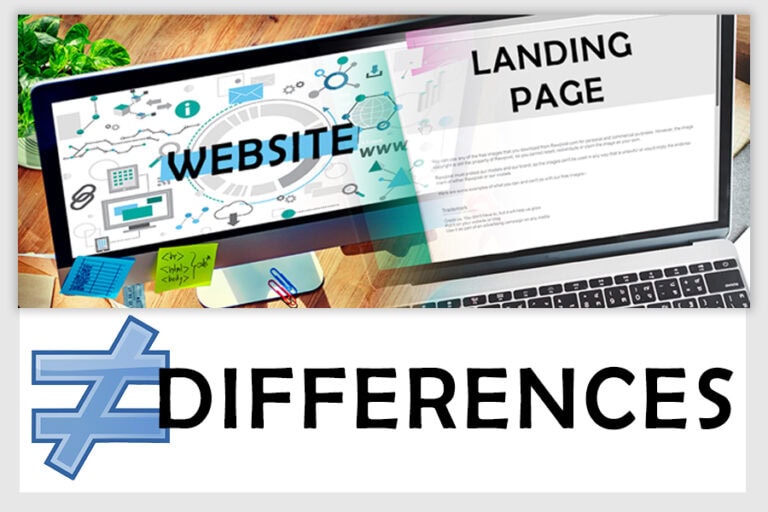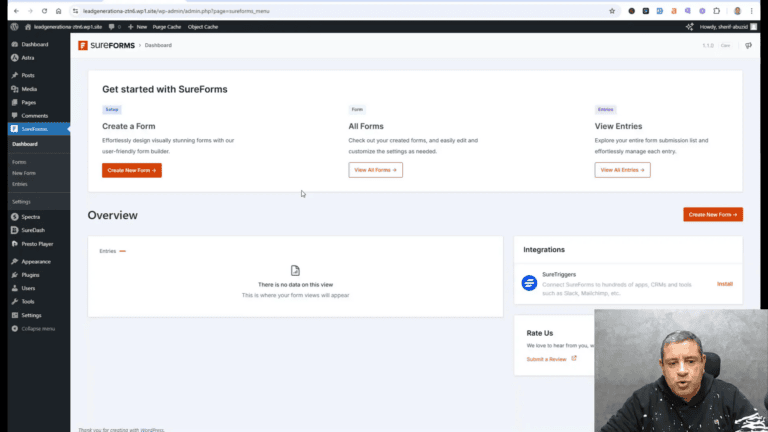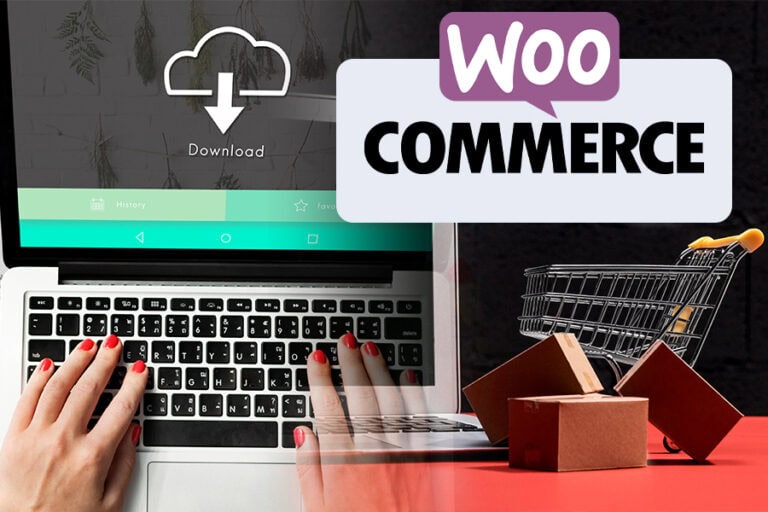In this blog, we delve into the critical difference between sales and landing pages, exploring their distinct goals and target audiences. Understanding these differences is crucial for any marketer looking to optimize their conversion strategies effectively.
Introduction to Sales Funnels and Landing Pages
Sales funnels and landing pages are essential to any effective online marketing strategy. They serve distinct purposes and target different stages of the customer journey. Understanding these elements can significantly enhance your marketing efforts.
A sales funnel is a series of steps designed to guide potential customers through buying. It aims to convert leads into paying customers by nurturing relationships and offering value at each stage.
On the other hand, a landing page is a standalone web page specifically created for a marketing or advertising campaign. Its primary purpose is to capture leads by encouraging visitors to take a specific action, such as signing up for a newsletter or downloading a free resource.
The Primary Goal of a Landing Page
The main goal of a landing page is to collect contact information from potential customers. This is typically achieved by offering something of value in exchange, like a free eBook, checklist, or access to a mini-course. The focus is on converting visitors into leads.
Unlike general website pages, landing pages are designed with a single objective in mind: to minimize distractions and guide the visitor toward providing their contact details. This is why they often have no navigation links and are highly focused on the call-to-action.
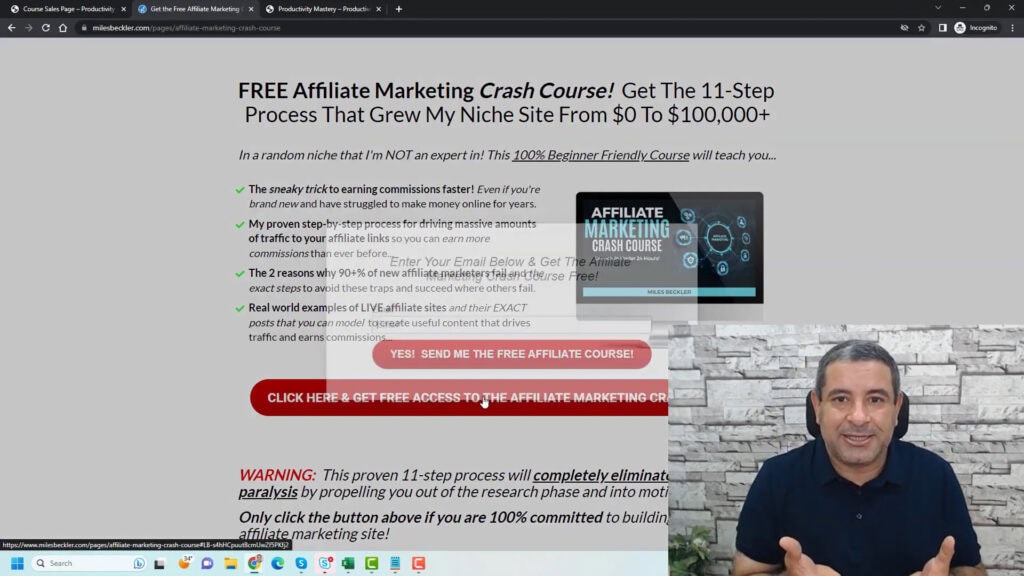
Understanding Sales Funnel Objectives
Sales funnels aim to maximize the average order value and convert leads into customers through a series of strategic offers. Each stage of the funnel presents an opportunity to upsell or down-sell products and services based on the customer’s interest and engagement level.
For instance, after a customer shows interest in a product, they may be presented with an upsell offer for a premium service at a discount. If they decline, there may be a down-sell option, such as a one-on-one coaching session. This approach is designed to increase the overall revenue generated from each customer.
The Concept of Audience in Marketing
Understanding your audience is crucial for effective marketing. Different segments of your audience require tailored strategies to engage them successfully. In the context of sales funnels and landing pages, the audience differs significantly.
Landing pages typically target a cold audience—individuals who are unfamiliar with your brand or offerings. These prospects require persuasive content and compelling offers to encourage them to provide their contact information.
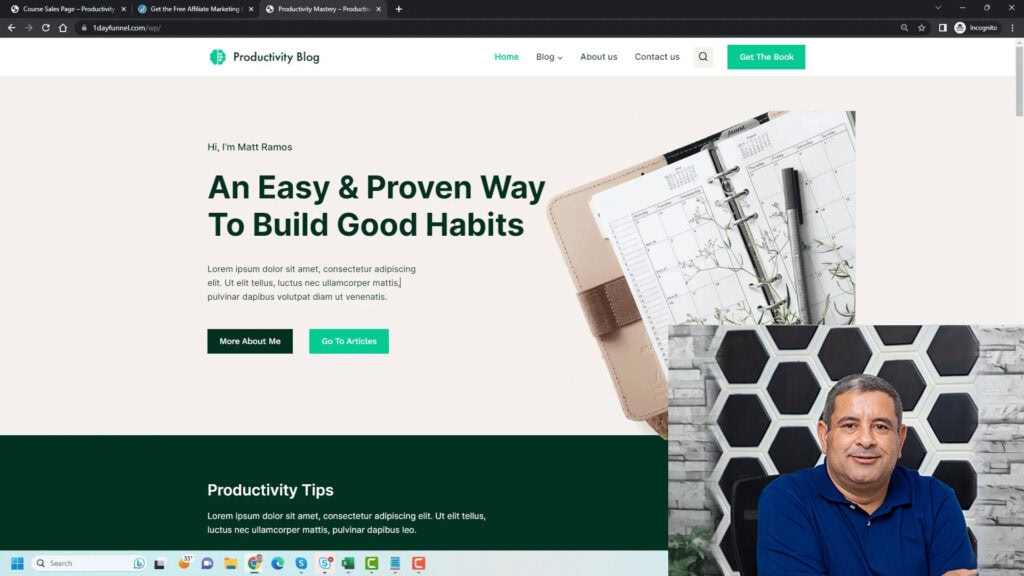
Defining Cold Audience for Landing Pages
A cold audience consists of individuals who have not previously interacted with your brand. They may encounter your landing page through social media ads, search engine results, or other marketing efforts. The key challenge is to capture their interest and convert them into leads.
To effectively engage a cold audience, your landing page must communicate value quickly. Highlight the benefits of your offer and create a sense of urgency to prompt immediate action.
Exploring Warm Audience in Sales Funnels
In contrast, a warm audience consists of individuals who have already engaged with your brand. They may have downloaded a free resource, attended a webinar, or interacted with your content on social media. This audience is more receptive to sales offers since they have already experienced your value.
Sales funnels leverage this familiarity by presenting tailored offers that resonate with the warm audience’s interests. The aim is to nurture these relationships further and guide them toward making a purchase.

Practical Example: The Landing Page
To illustrate the concept of a landing page, let’s consider a practical example. Imagine a digital marketer named Miles Butler who specializes in affiliate marketing. His landing page is designed without any distractions, focusing solely on collecting email addresses.
The primary goal of this landing page is to convince visitors to provide their contact information in exchange for a free affiliate marketing crash course. By offering something valuable for free, Miles effectively encourages potential leads to engage.
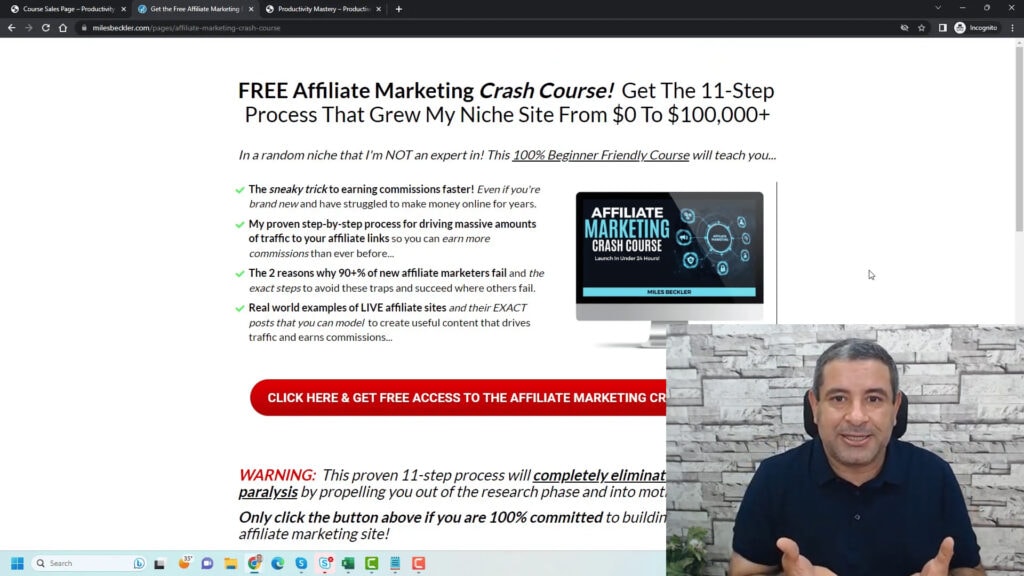
Key Features of an Effective Landing Page
- Clear and Compelling Headline: The headline should immediately convey the value of the offer.
- No Navigation: Eliminate distractions by removing links that lead away from the page.
- Strong Call-to-Action: Clearly instruct visitors on what to do next, such as entering their email address.
- Visual Elements: Use images or videos that enhance the message without overwhelming the visitor.
These elements work together to drive conversions by focusing the visitor’s attention on the desired action.
Practical Example: The Sales Funnel
Now, let’s explore a sales funnel through a practical example. Imagine a scenario where a customer is interested in purchasing an online course. This is where the sales funnel comes into play, guiding the customer through various stages to maximize the average order value.
Once the customer decides to buy the course, they are directed to a checkout form. Here, they can enter their payment details and are presented with a bump offer that adds value to their purchase, such as access to exclusive content for an additional fee.
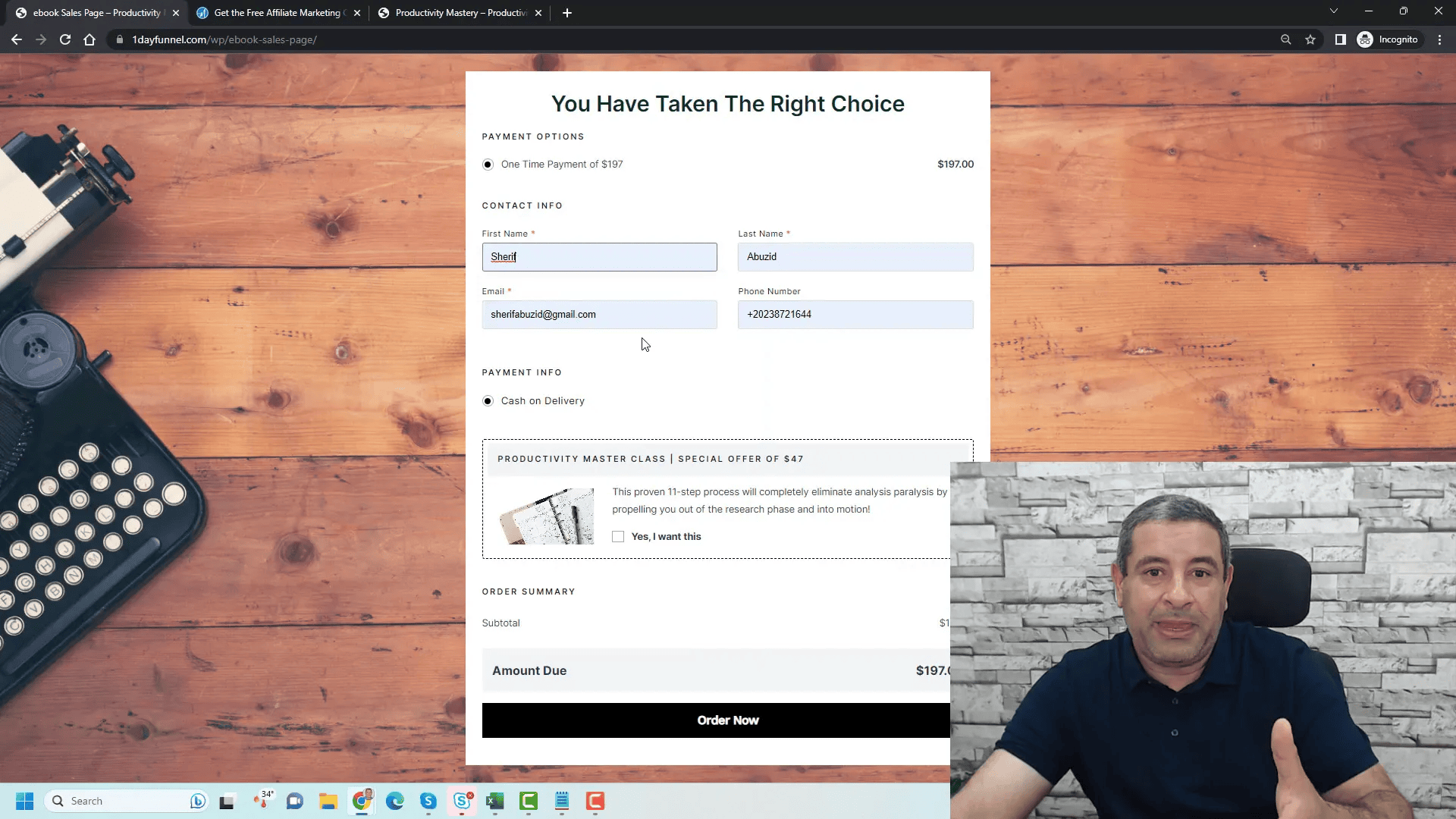
Stages in a Sales Funnel
- Awareness: The customer learns about the product through marketing efforts.
- Interest: They express interest by clicking on the course’s sales page.
- Decision: The customer is presented with upsell and down-sell options to increase order value.
- Action: They complete the purchase and are directed to a thank you page, confirming their order.
Each stage is crafted to nurture the customer’s interest and encourage them to purchase while maximizing your revenue.
Comparing Conversion Strategies
When comparing the conversion strategies of landing pages and sales funnels, it is essential to understand their unique strengths. Landing pages excel in lead generation, while sales funnels focus on maximizing revenue through strategic offers.

Landing Page Conversion Strategy
- Target Audience: Cold audience looking for valuable content.
- Objective: Collect contact information through compelling offers.
- Metrics: Focus on conversion rates and lead generation.
Sales Funnel Conversion Strategy
- Target Audience: Warm audience familiar with your brand.
- Objective: Increase average order value through upselling and down-selling.
- Metrics: Focus on average order value and customer lifetime value.
Understanding these strategies allows marketers to choose the right approach based on their goals and audience characteristics.
Conclusion: Choosing the Right Approach
In conclusion, recognizing the difference in sales and landing pages is vital for any marketer. Each serves a distinct purpose in the customer journey, and understanding when to use each can significantly impact your marketing success.
Landing pages are best for generating leads, while sales funnels are designed to convert those leads into paying customers. By aligning your strategy with your goals, you can optimize your marketing efforts effectively.
FAQ: Common Questions about Sales Funnels and Landing Pages

